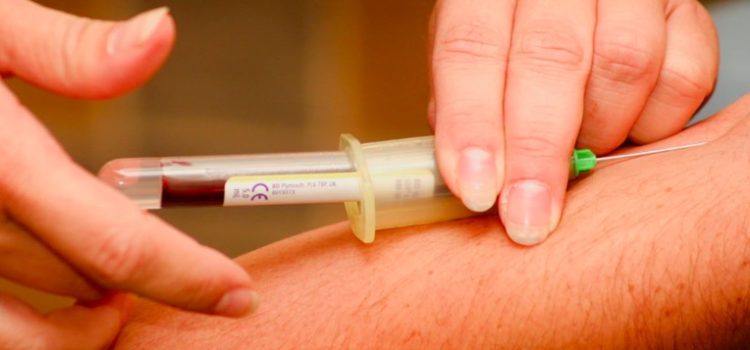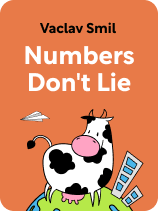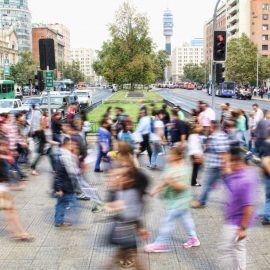

This article is an excerpt from the Shortform book guide to "Numbers Don't Lie" by Vaclav Smil. Shortform has the world's best summaries and analyses of books you should be reading.
Like this article? Sign up for a free trial here.
What role do vaccines play in a country’s economy? How can increasing vaccination rates help combat poverty in underdeveloped countries?
Vaccines are one of the most underestimated ways to increase a country’s standard of living. In underdeveloped countries, where infections are prevalent, increasing vaccination rates can even help lift the populace out of poverty.
Keep reading to learn about the economic benefits of vaccines.
High Vaccination Rates Correlate to a High Standard of Living
Vaccines are the most cost-effective way to increase a country’s standard of living. Vaccines greatly reduce infant mortality rates and save millions of lives, both young and old, every year. The measles vaccine alone is estimated to have saved 14 million lives from 2011 to 2020.
Because they’re so effective at preventing disease, vaccines also have enormous economic benefits. A 2016 study found that for every dollar invested in vaccines, $16 are saved in healthcare costs and prevention of lost wages due to illness. When looking at broader economic benefits, up to $44 are saved for every dollar spent.
Thanks to their economic benefits, increased vaccination rates could go a long way in lifting underdeveloped nations out of poverty, writes Smil. From 2000 to 2016, vaccination rates rose from 50% to 80% among low-income nations. If these increases continue, we could see many more prosperous nations in the 21st century.
| Calculating the Economic Benefits of Vaccines The 2016 study Smil referred to was conducted by Johns Hopkins Bloomberg School of Public Health. Since it’s important to understand how statistics are calculated, here’s how the data was determined: Researchers used projected vaccination rates from 2011 to 2020 to assess economic benefits among 94 low- and middle-income countries. They looked at two types of savings that could result from higher vaccination rates: First, they measured the “cost-of-illness,” which is the money saved from averted treatment costs, transportation costs, lost wages, and productivity losses when people get vaccinated. Then, they looked at the “full-income approach,” which quantifies the value of people living longer and healthier lives when they get vaccinated. From 2011 to 2020, the total estimated cost of immunization programs was around $34 billion. The money saved in cost-of-illness expenses was estimated at around $586 billion, and the full-income approach is estimated at around $1.5 trillion in savings. When you divide the $586 billion and $1.5 trillion in savings by the $34 billion in cost of immunization programs, you get $16 and $44 saved in healthcare costs and broader economic benefits, respectively. Given the effectiveness of the measles vaccine and the rising vaccination rates that Smil references, this all points to better global health and higher savings. |

———End of Preview———
Like what you just read? Read the rest of the world's best book summary and analysis of Vaclav Smil's "Numbers Don't Lie" at Shortform.
Here's what you'll find in our full Numbers Don't Lie summary:
- How you can understand the world by understanding numbers and statistics
- Why the infant mortality rate is a better indicator of standard of living than GDP per capita
- Why nuclear energy is not the answer to sustainability






